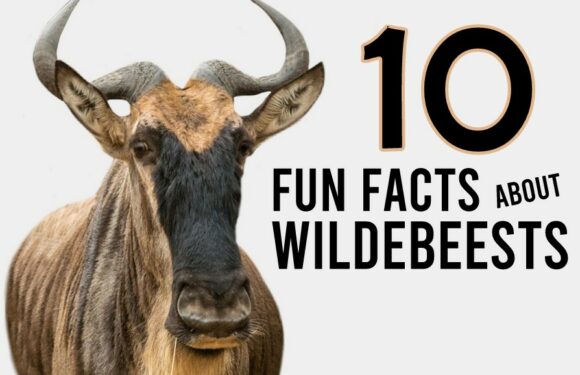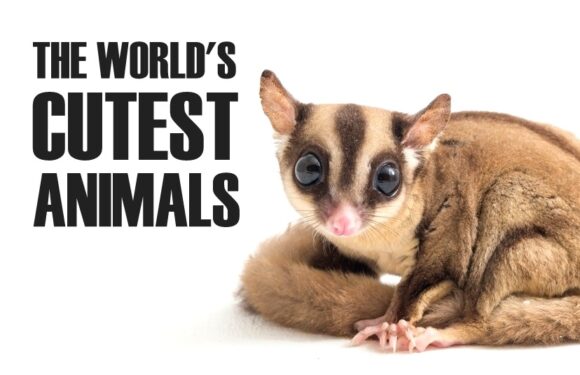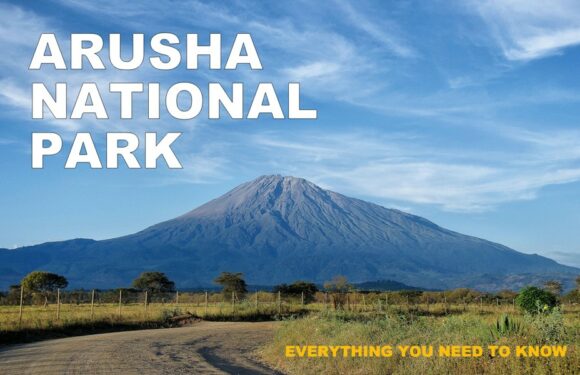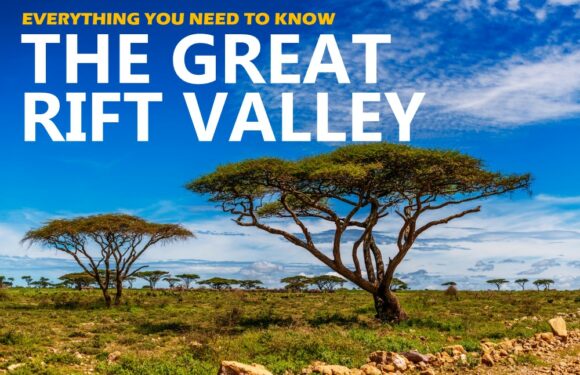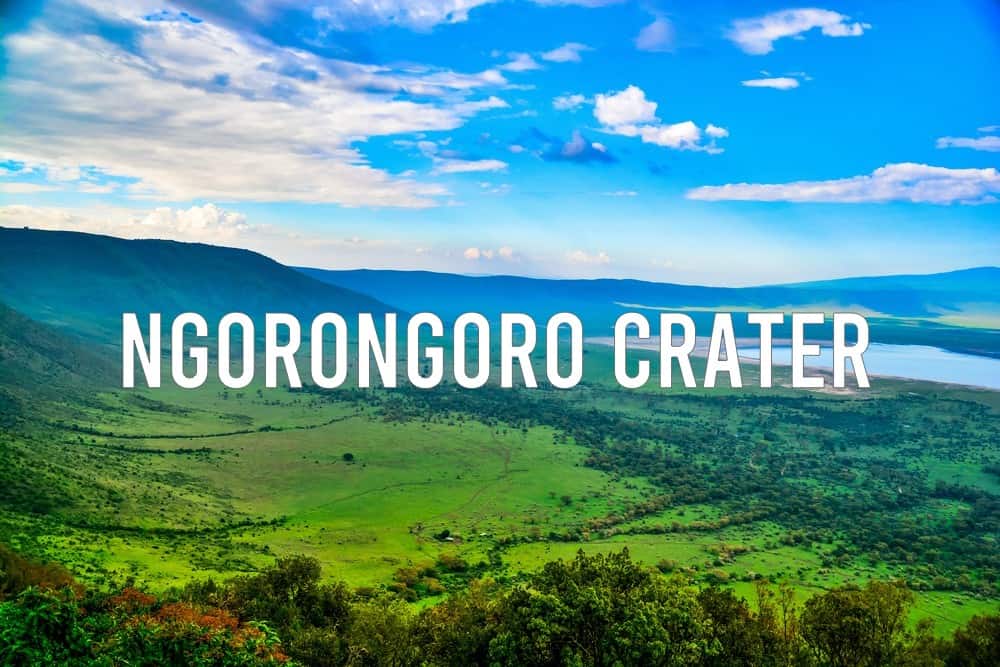
Where is Ngorongoro Crater?
Ngorongoro Crater is located in northern Tanzania, about 75 miles outside the safari gateway town of Arusha. The crater lies within the Ngorongoro Conservation Area.
How Big is Ngorongoro Crater?
The Ngorongoro Crater is approximately 12 miles across (19 km) and 2,000 feet (610 meters) deep. It covers an area of 100 square miles (260 square kilometers). Ngorongoro Crater is the world’s largest intact and unfilled volcanic caldera.
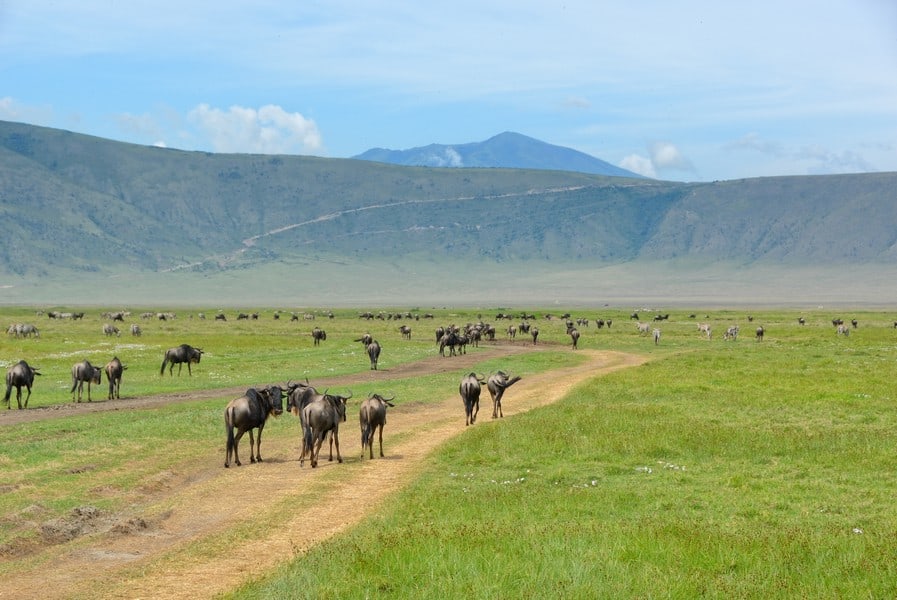
How Did Ngorongoro Crater Get Its Name?
As funny as it seems, the name “Ngorongoro” is an onomatopoeia based on the sound of a cowbell. The Masai, an indigenous ethnic group of semi-nomadic people, would herd their cattle over these pastures. The ringing of the cowbell (which sounded like ngoro ngoro) would echo off the crater walls. They subsequently called the area Ngorongoro.
What is Special About Ngorongoro Crater?
Ngorongoro is often referred to as the “Garden of Eden of Africa.” It is one of the Seven Natural Wonders of Africa.
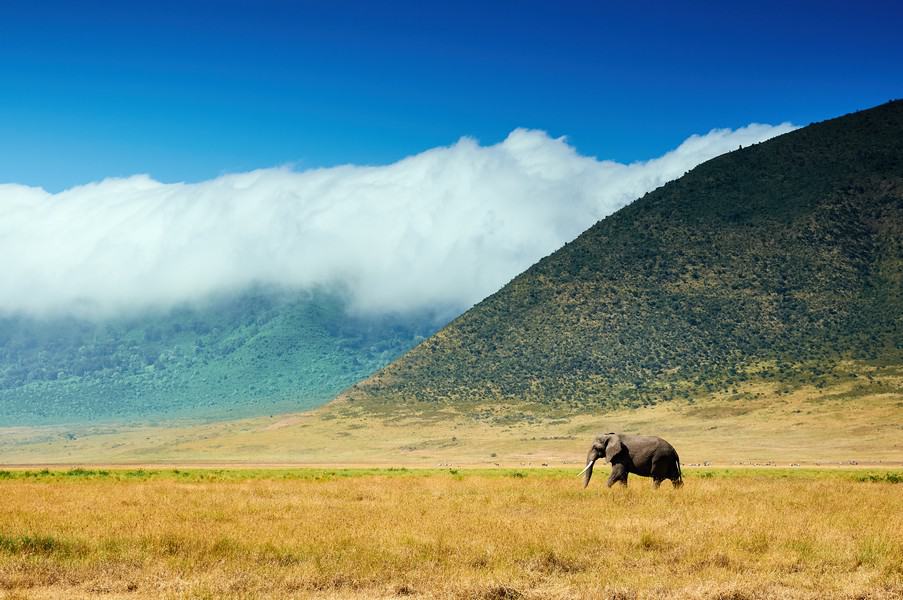
The crater floor sits at an elevation of 1,800 meters (5,900 feet), surrounded by steep walls rising 400 to 610 meters (1,312 to 2,000 feet) high. This natural enclosure has created a unique ecosystem, nurturing a diverse range of flora and fauna. The crater’s environment supports a variety of habitats, including grasslands, swamps, forests, and salt pans. It is one of the densest wildlife areas in the world.
Ngorongoro Crater was inscribed as a UNESCO World Heritage site in 1979.
How was Ngorongoro Crater Formed?
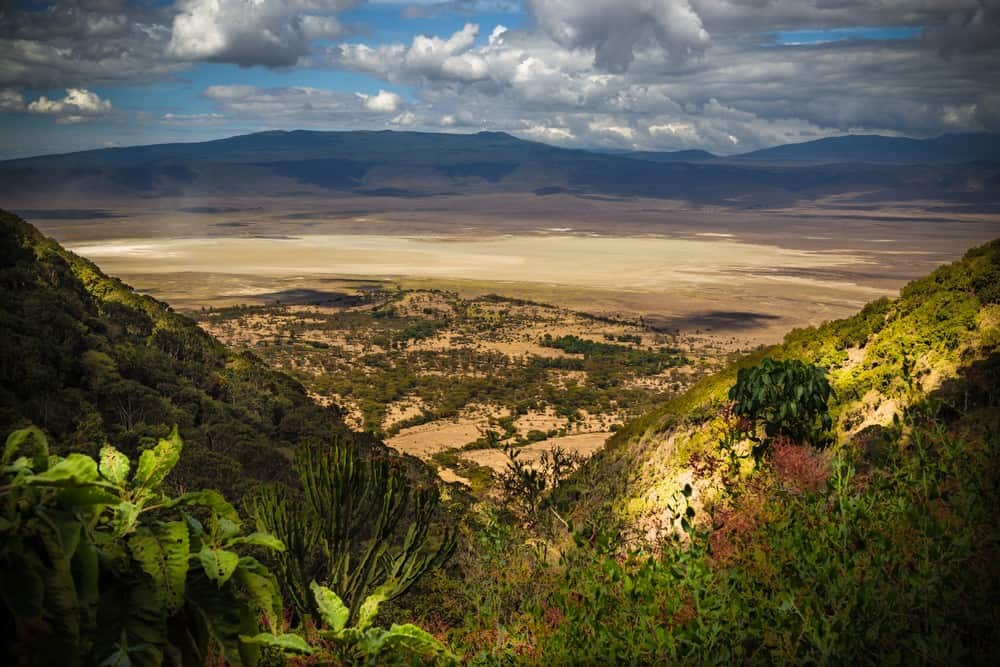
The story of the crater begins 2.5 million years ago when it was part of a massive volcano that stood over 19,000 feet (5,791 meters) tall. It’s believed that it was one of the highest peaks in Africa at the time. However, due to colossal volcanic activity, this structure collapsed upon itself.
What Animals Live in Ngorongoro Crater?
While the history of the crater is astounding, it’s geological features is what truly captivates visitors.
The caldera’s considerable walls protect and isolate the inhabitants, creating a microcosm of diverse ecosystems, including forests, grasslands, swamps, and a soda lake. Its landscapes range from lush green forests to arid savannahs, and they transform beautifully with the seasons.

Ngorongoro Crater provides ideal conditions for wildlife to thrive. The crater is home to about 25,000 animals, from the iconic Big Five to over 400 bird species and everything in between.
The crater has a sizable population of buffalo, wildebeest and zebras. As a result, the densest population of lions on the planet resides here. Prides of lions roam freely, often seen basking in the sun, while herds of elephants gracefully graze the grasslands. Leopards, though more elusive, can be observed here, and black rhinoceroses are sometimes spotted, although they are typically very far away. Hyena clans patrol the crater, searching for an easy meal to scavenge.
Due to the crater’s high walls and relatively isolated geography, the lions in Ngorongoro have developed into a somewhat genetically distinct population. This isolation can lead to inbreeding, which has both positive and negative implications for genetic diversity. The crater’s lion prides tend to be smaller than those in other regions. This is possibly due to the limited space and the abundance of prey within the crater. Additionally, the lions have adapted to living in closer proximity to each other than lions in more expansive territories.
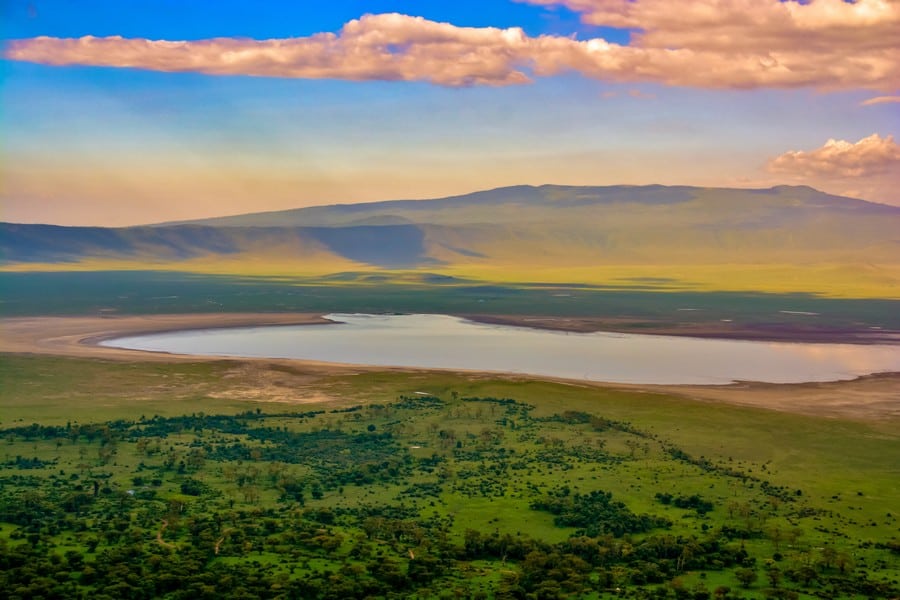
At Lake Magadi, you’ll find flocks of flamingos that create a mesmerizing pink spectacle against the blue water. Thousands of these elegant birds gather here to feed and nest. The word Magadi is Swahili for ‘soda’, referring to the lake’s high salt content and dry soda pans.
The lakes and swamps of the crater provide a home for hippos and crocodiles. Hippos can often be seen submerged in water, while the stealthy crocodiles lurk near the shores, ready to strike when prey ventures too close.

When is the Best Time to Visit Ngorongoro Crater?
Ngorongoro Crater is a year-round destination. The wildlife viewing is truly great at all times. Here’s an overview of what you can expect, month by month:
January to Mid-March: Calving Season
The early months of the year in Ngorongoro are marked by the calving season. Thousands of wildebeest and zebra give birth, attracting predators and ensuring dynamic wildlife viewing.
Mid-March to May: Long Rainy Season
Mid-March to May is the long rainy season in Tanzania. While this might mean more challenging safari conditions with muddy roads, it also promises fewer tourists and a flourishing landscape. The rains transform the crater into a green paradise, teeming with life.
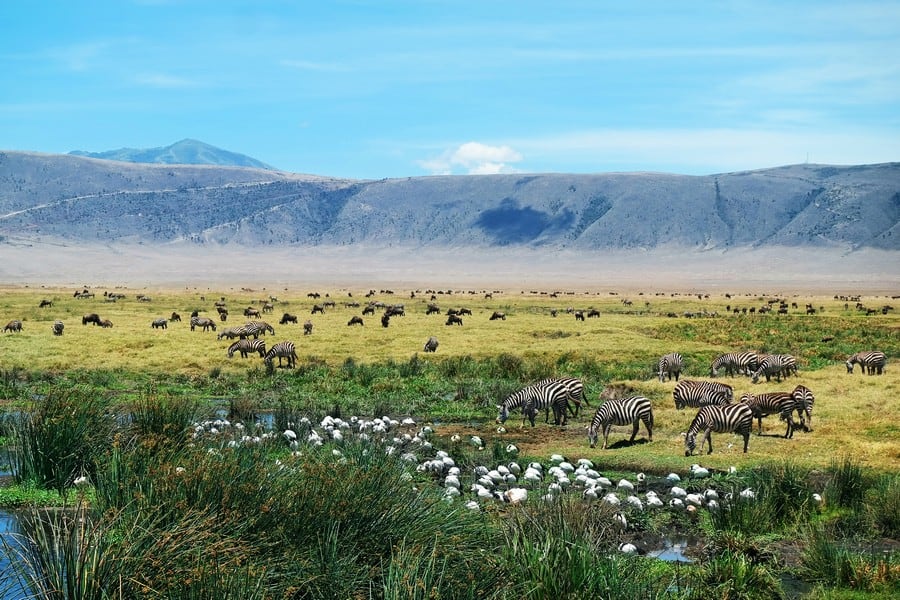
June to August: Early Dry Season
The onset of the dry season marks a perfect time for wildlife viewing. As water sources in the crater become scarce, animals congregate around remaining water bodies, making them easier to spot. The weather is cooler and more comfortable, ideal for game drives and crater explorations.
September to October: Peak of the Dry Season
These months see the continuation of the dry season. The landscape becomes more arid, and animal sightings around waterholes are frequent. September and October are often considered the best months for visiting Ngorongoro, combining excellent wildlife viewing with pleasant weather.
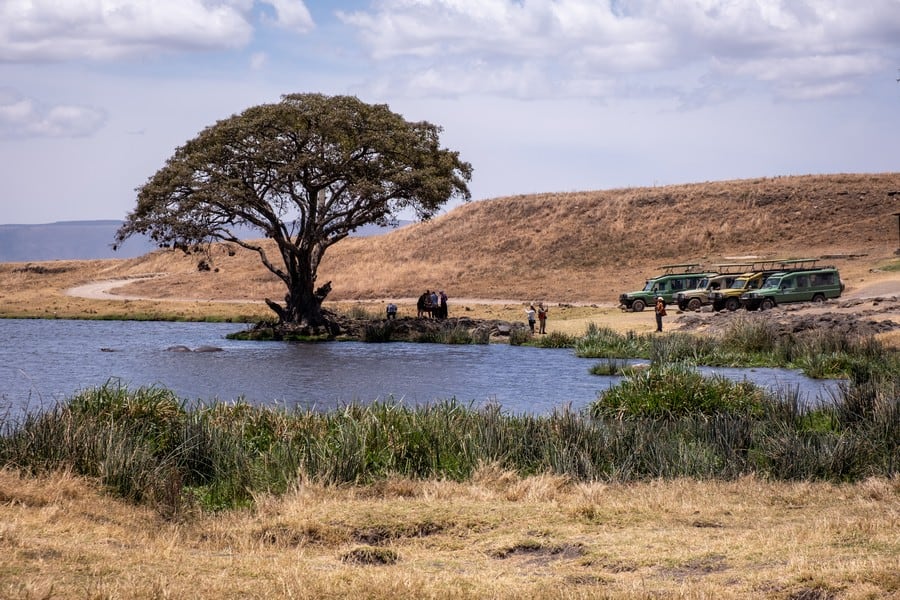
November to December: Short Rainy Season
The short rains bring a rejuvenation of the landscape, turning it green and fresh. This period is a transitional phase, offering the best of both worlds – the end of the dry season’s excellent wildlife viewing and the start of the wet season’s lush scenery. The short rains usually don’t impede safari activities and tend to be less intense than the long rains.
The Masai Connection
The relationship between the Masai people and Ngorongoro Crater is one deeply intertwined with the history and culture of the region.
The Masai are known for their distinctive customs, clothing, and nomadic way of life. They have inhabited the areas surrounding Ngorongoro Crater for centuries. And despite pressures of modernization, they have preserved their traditions.
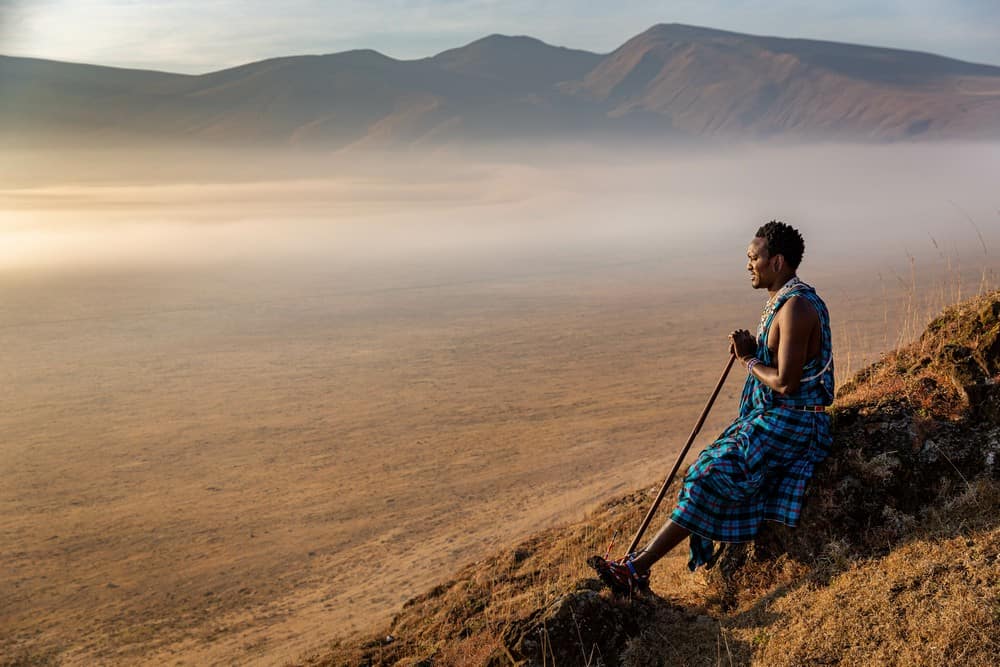
The Ngorongoro Conservation Area was gazetted in 1959 as a multiple-use landscape, where the Masai and wildlife could co-exist. As traditional pastoralists, the Masai live almost solely on their livestock, which they revere above anything else. Historically, they have moved with their animals in a continuous search for grass and water. Over the years, the group has faced challenges related to land use within the conservation area. While the Masai are permitted to live in Ngorongoro and raise their herds here, they do not have land rights and are not allowed to farm.
The area covers an expansive 3,202 square miles (8,292 square kilometers), encompassing a diverse range of ecosystems, from the highlands to the plains.
Today, the Masai have embraced tourism as a source of income. Many offer cultural experiences, including village visits, traditional dances, and craft markets. Tourists can interact with the Masai to gain insight into their unique way of life. If this interests you, ask your safari driver to take you to a Masai village.
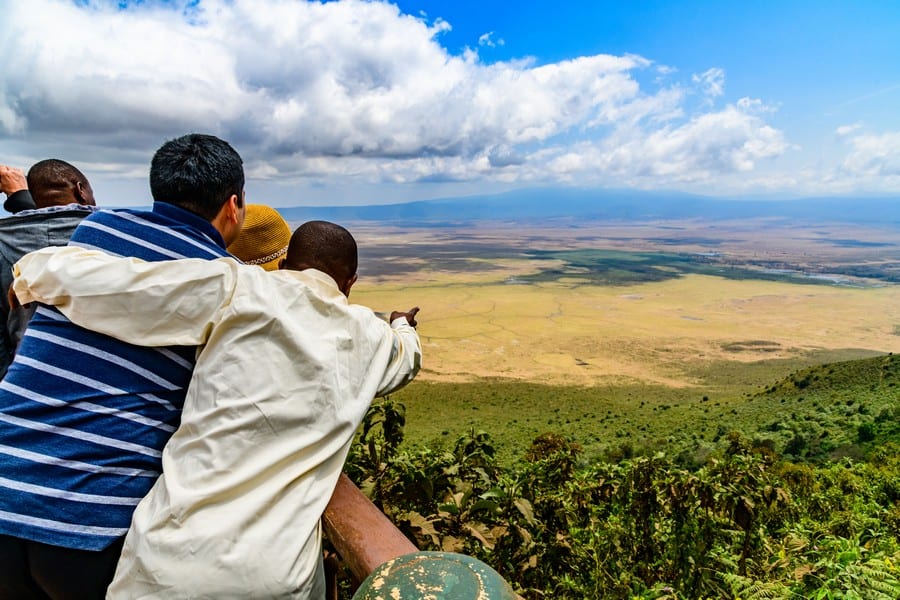
Why Ngorongoro Crater is a Must-See Destination
Ngorongoro Crater is a bucklet list destination that should be seen by all adventure enthusiasts and safari goers. It combines beautiful scenery, exciting wildlife, and cultural richness that is second to none.
What we find especially fruitful about a Ngorongoro Crater experience is that the high density of animals, naturally confined by the crater walls, coupled with open grasslands make it possible to see many animals in a short period of time. We highly recommend doing at least a two day safari with Ultimate Kilimanjaro® so you can visit this magical place.



















































